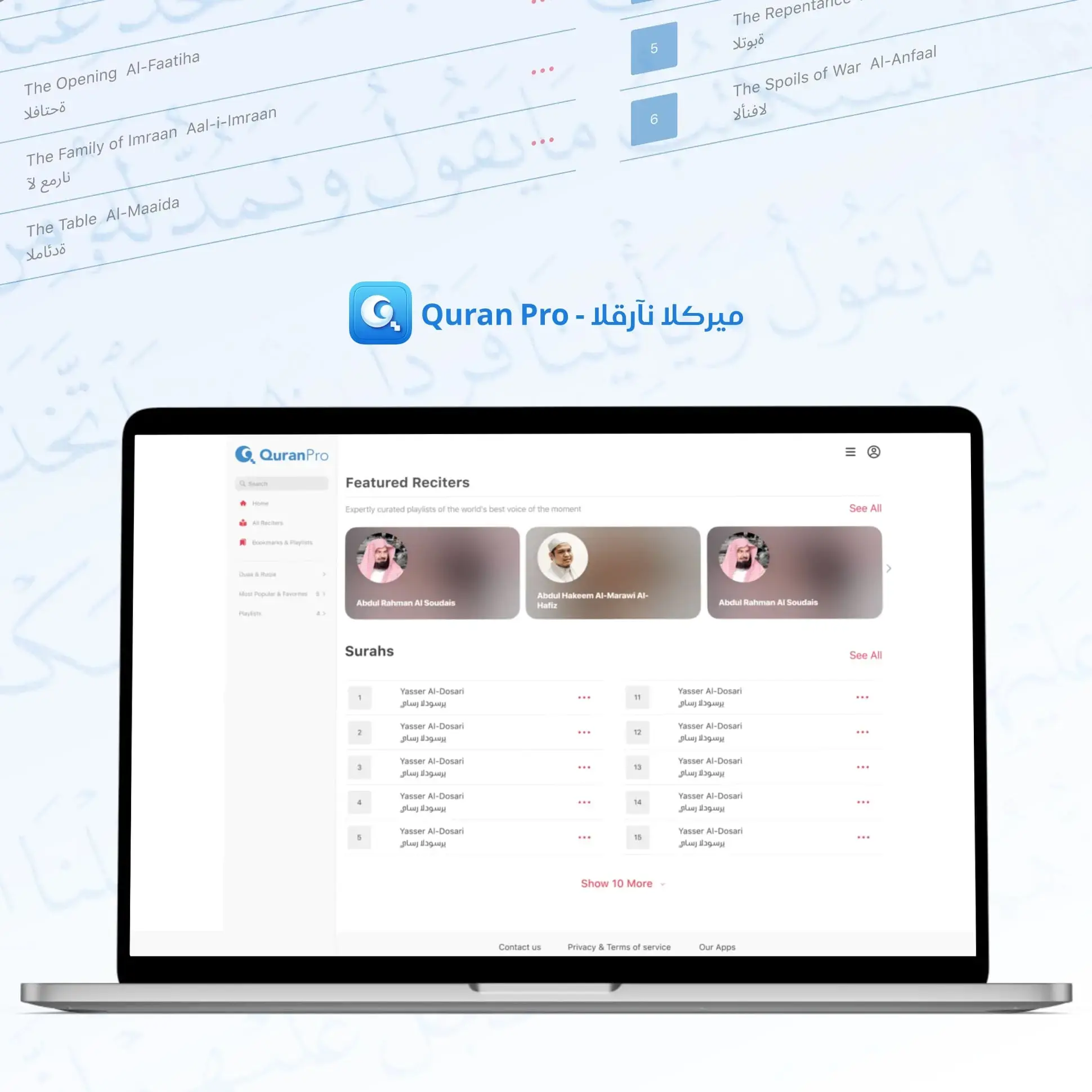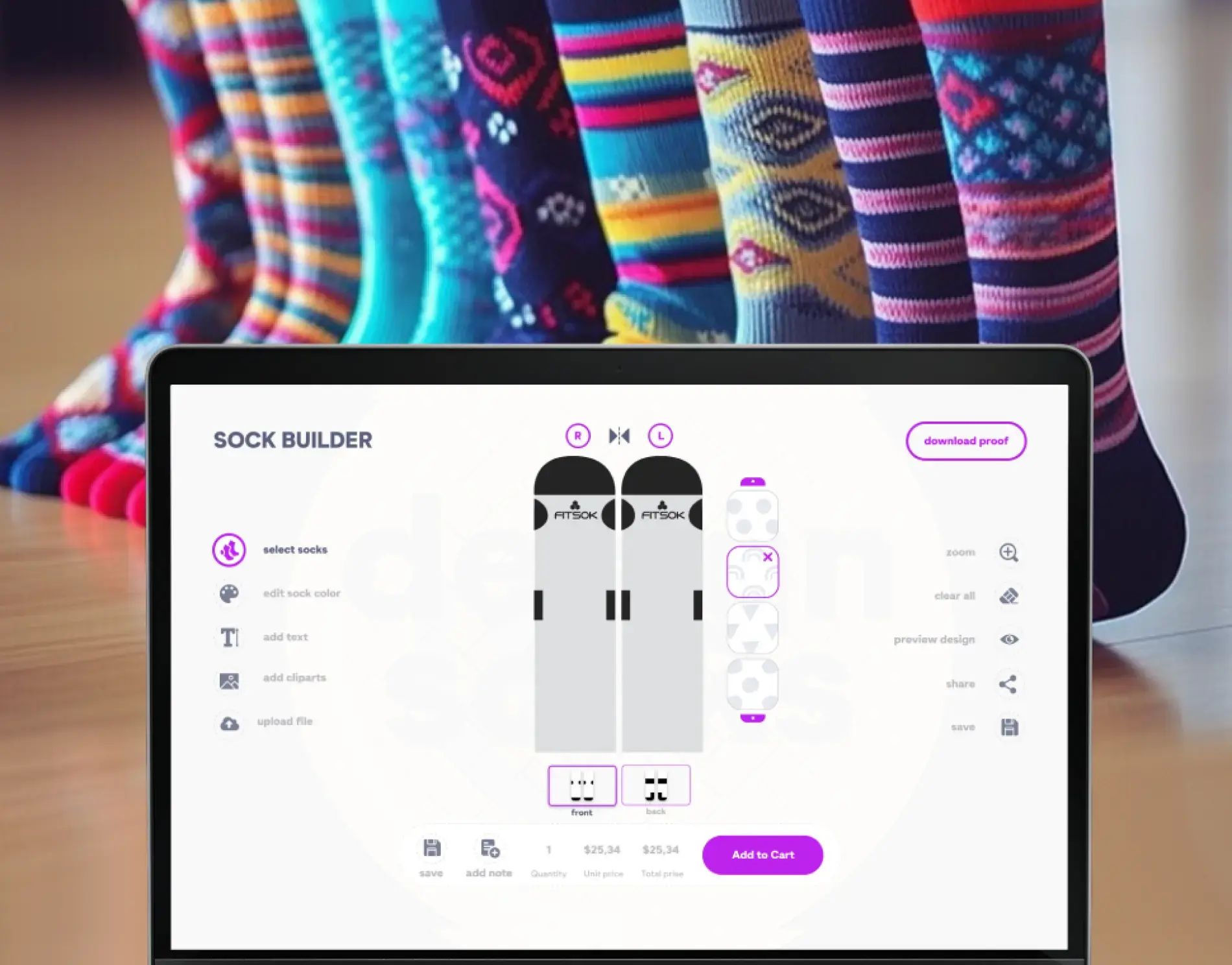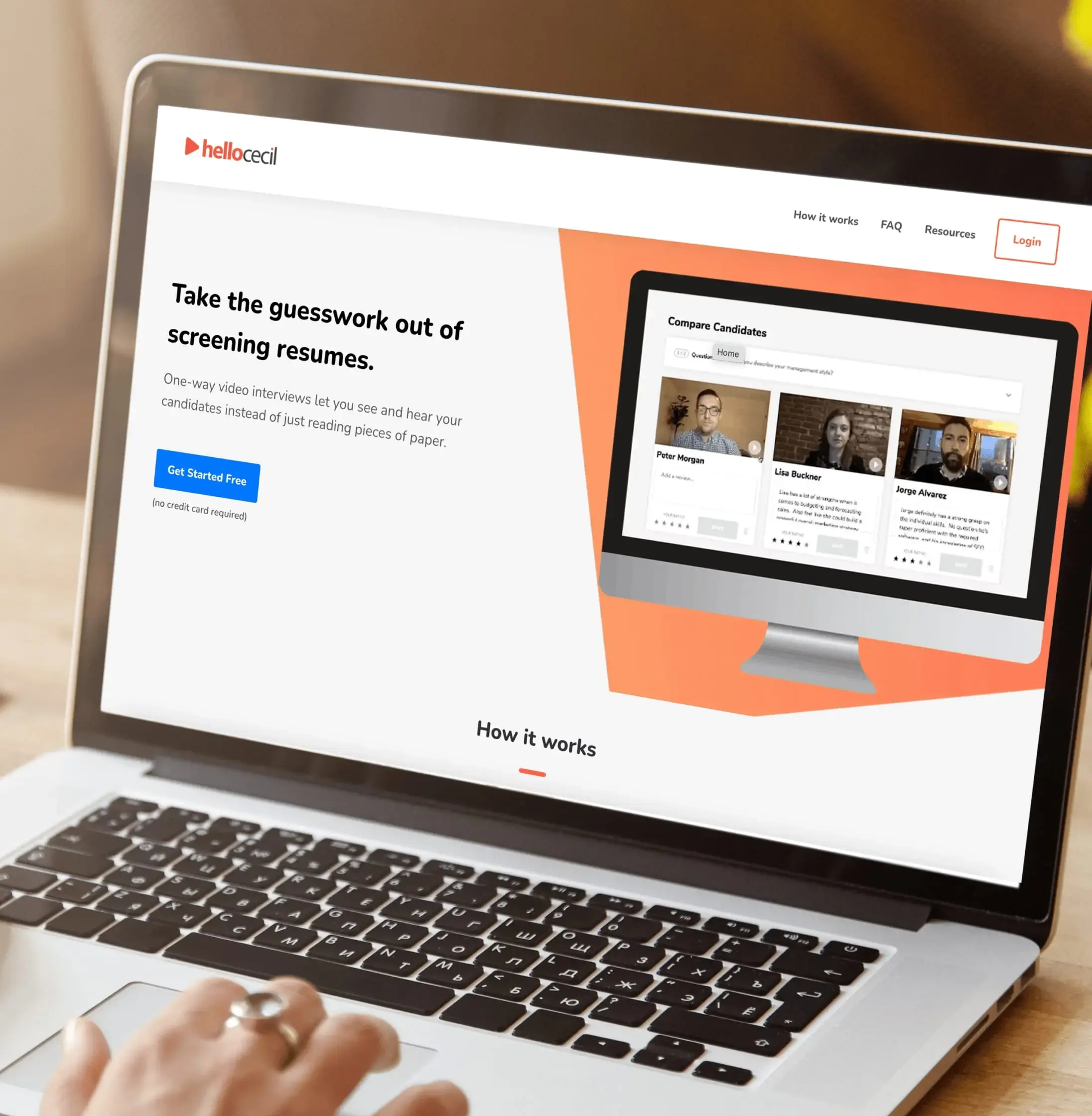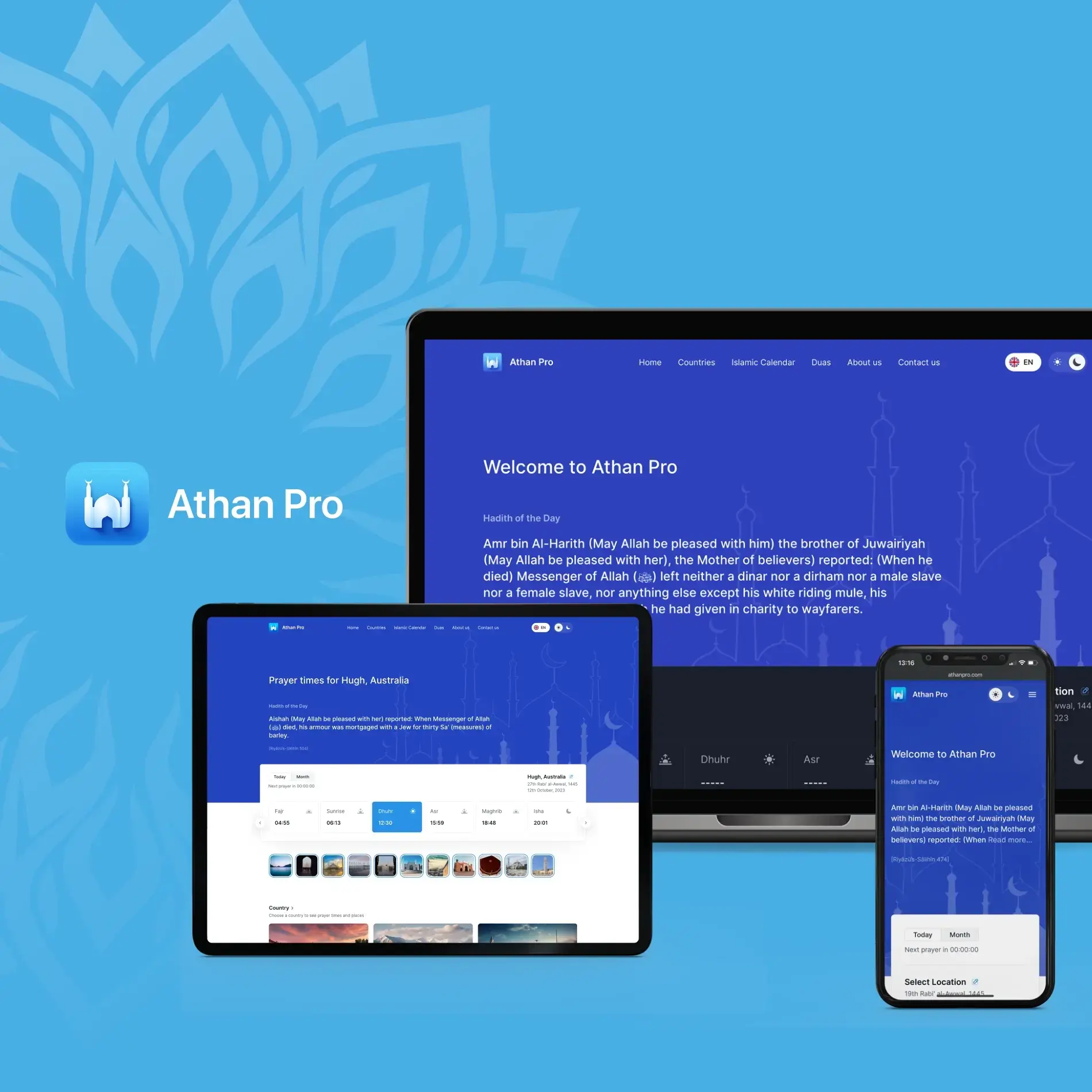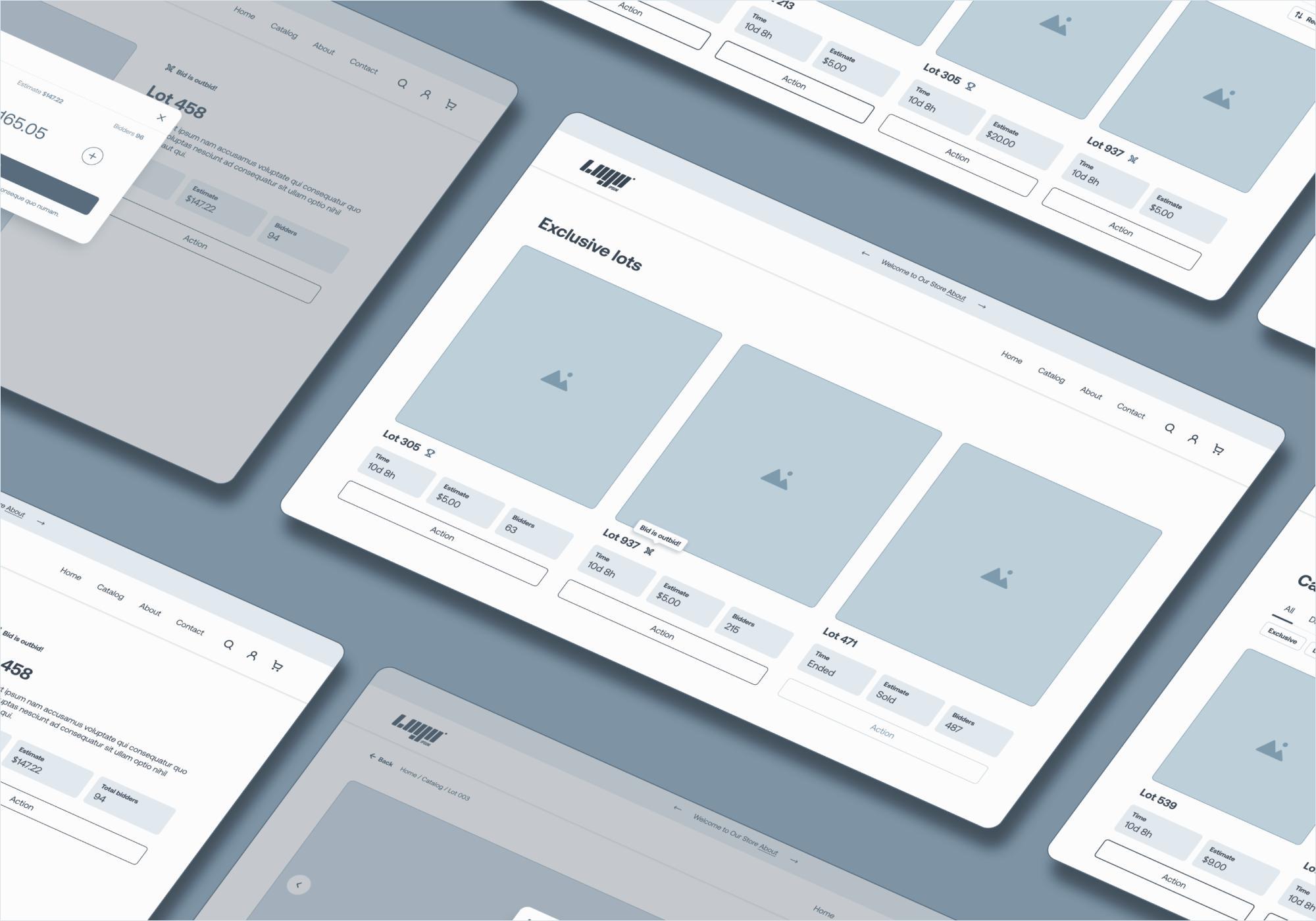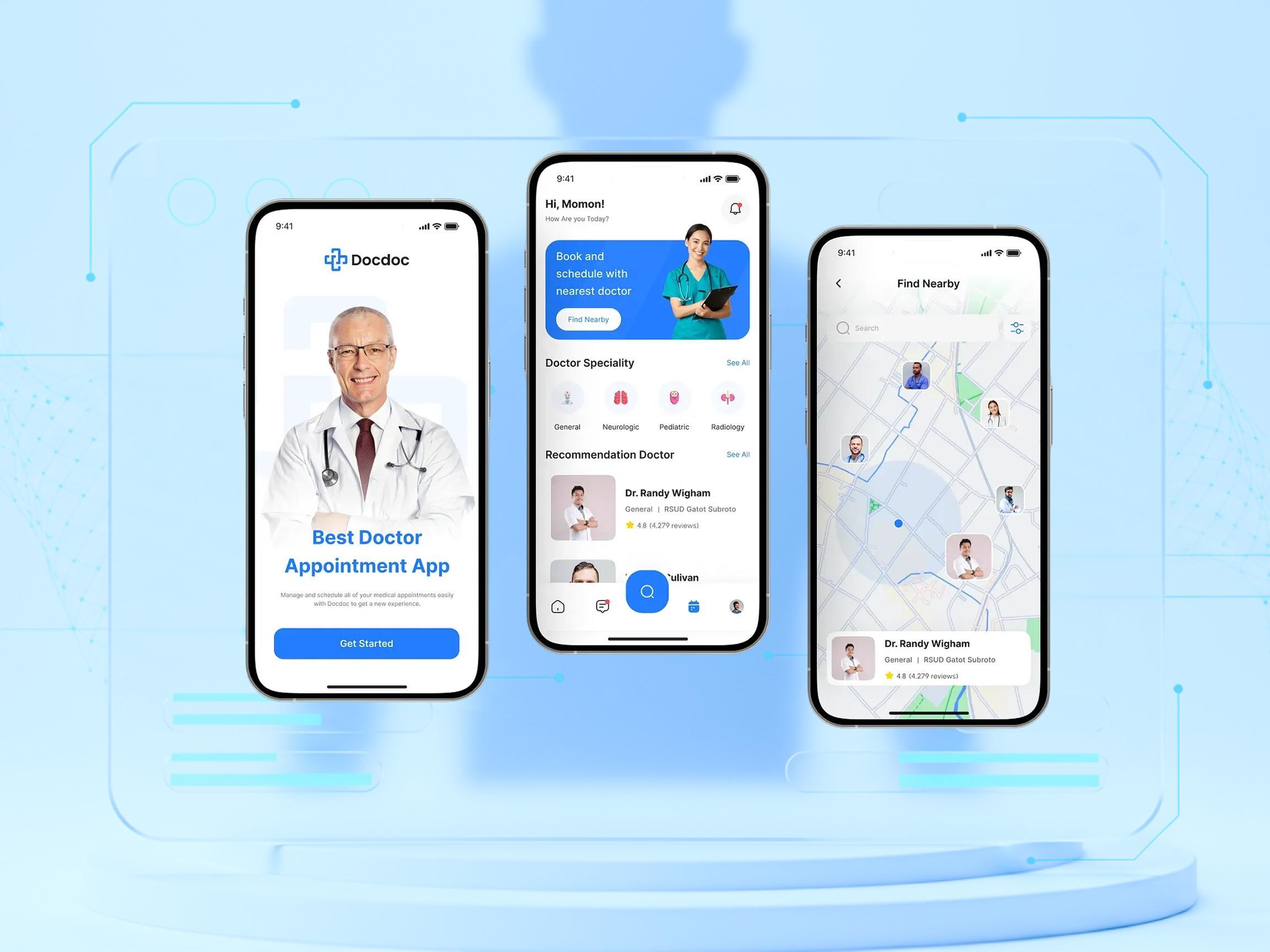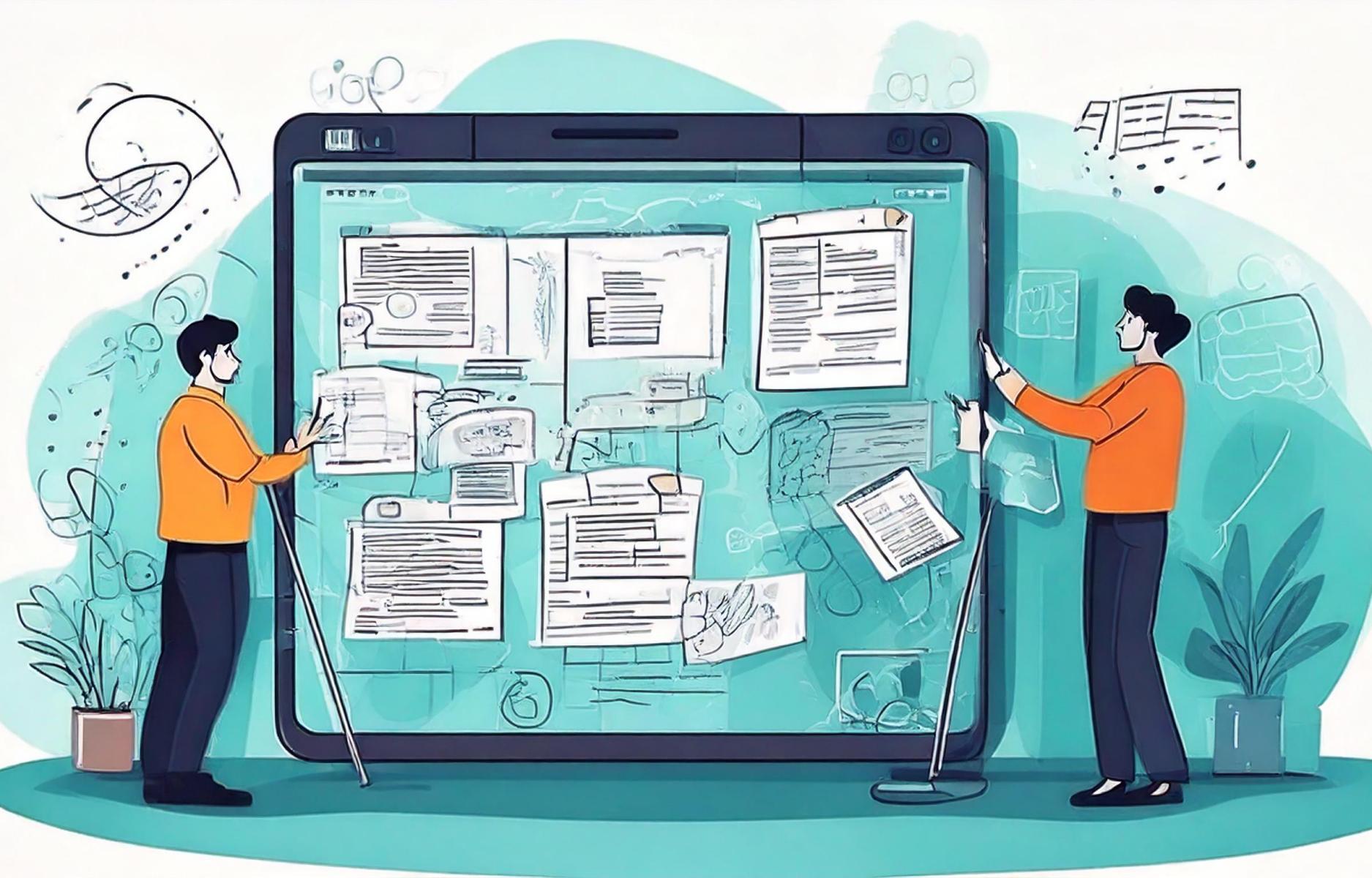
- SaaS
8 SaaS Security Best Practices to Protect Your Data in 2025
Ignoring SaaS security best practices could lead to major data leaks and financial losses. Read our guide to ensure your data is safe for 2025.
November 13, 2024 | Updated on November 24, 2025 | 10 min

Sergei Skirev
CTO at JetBase
Our Cases
Innovation isn’t just about ideas - it’s about execution, turning vision into reality, and creating solutions that truly make an impact. See what we’ve built and how it works:
- HealthCare
- Media & Entertainment
- eCommerce
- Amazon Web Services
- Cloud Cost Optimization
- Serverless Application
- Retail
- HealthCare
- Media & Entertainment
- eCommerce
- Amazon Web Services
- Cloud Cost Optimization
- Serverless Application
- Retail


